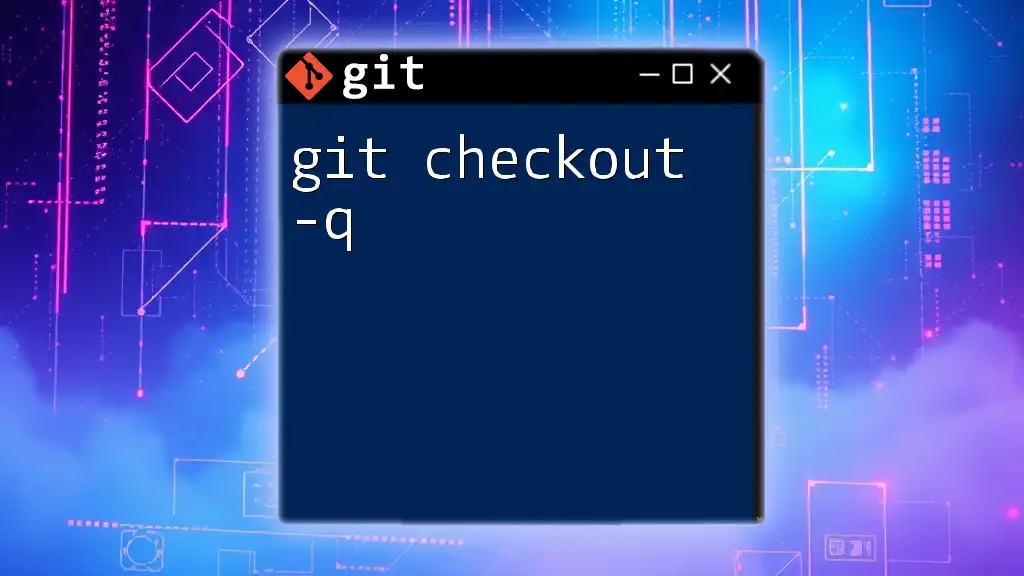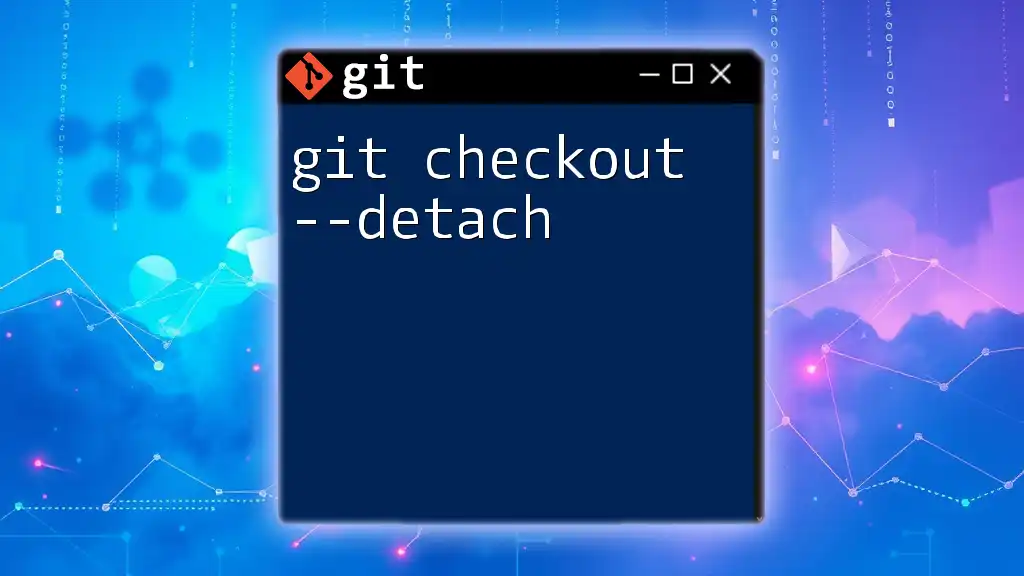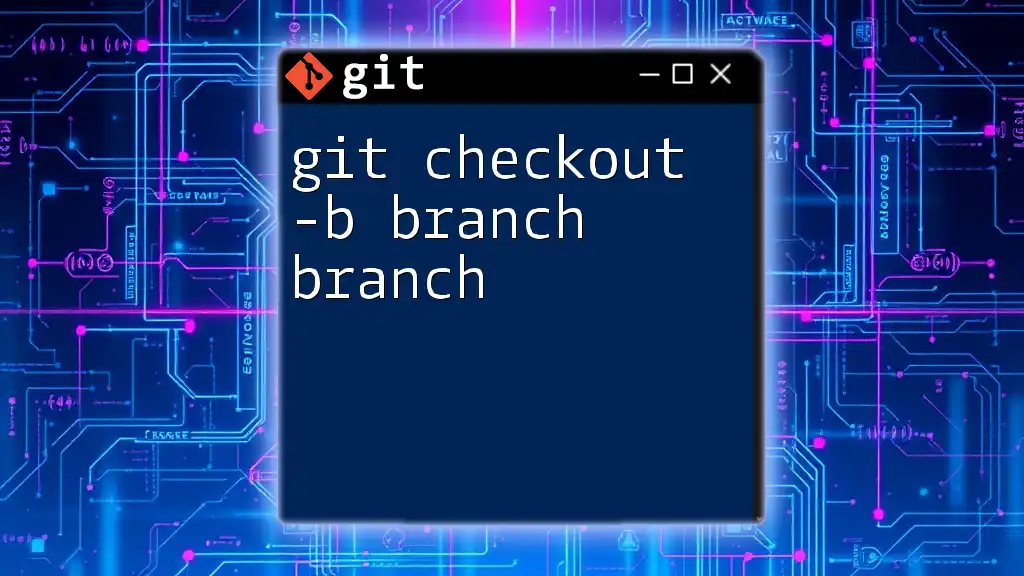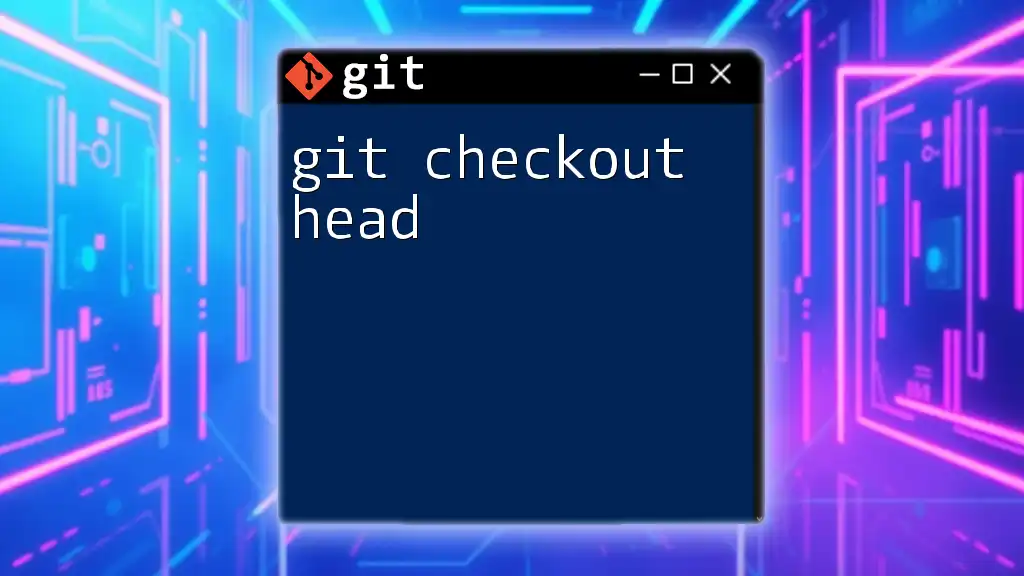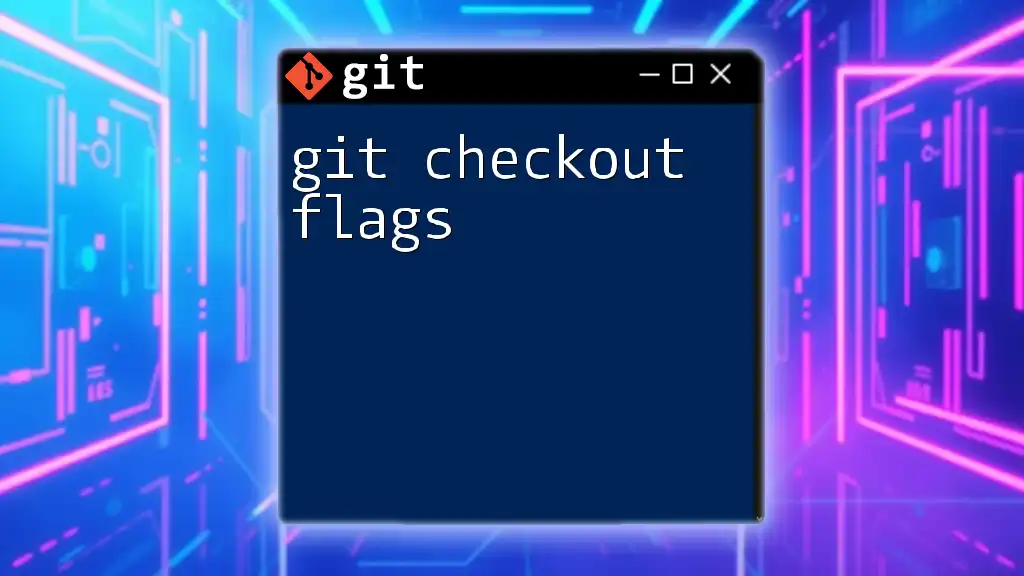The `git checkout -t` command is used to create and switch to a new branch that tracks a remote branch, simplifying the workflow for managing branches.
git checkout -t origin/feature-branch
What is `git checkout`?
Definition and Purpose
The `git checkout` command is an essential part of the Git version control system. It enables developers to switch between different branches or restore files from a specific commit. Using `git checkout`, you can effectively manage your project's development process—ensuring that you can either work on new features or examine modifications without interfering with the stable codebase.
Basic Syntax
The basic syntax for `git checkout` is as follows:
git checkout [options] <branch>
In essence, this command allows you to specify a particular branch name you wish to switch to, where `<branch>` represents the branch's name. Moreover, it can also be used to checkout files from a commit, providing greater flexibility in managing content within your repository.
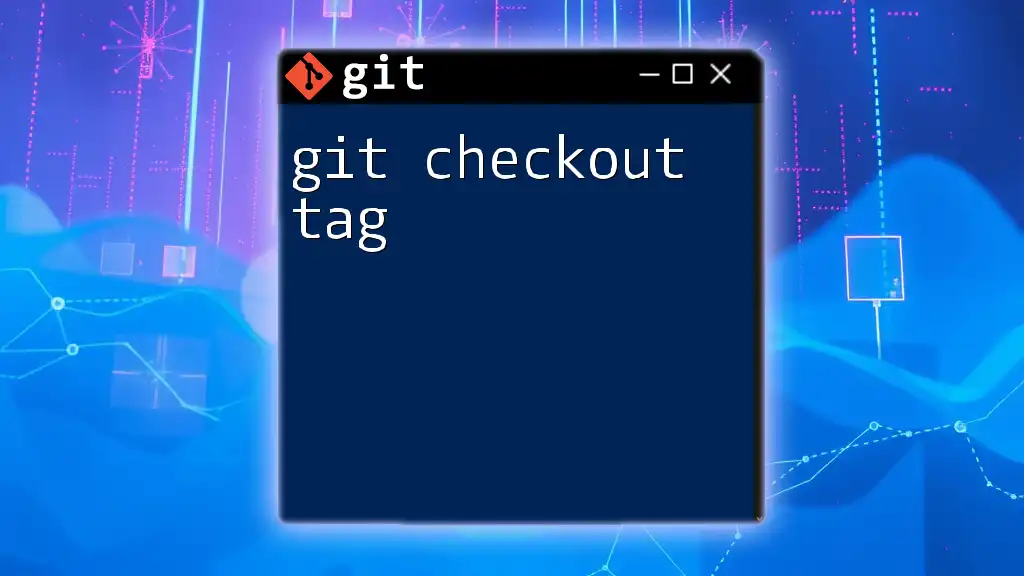
Understanding `-t` Flag
What Does `-t` Stand For?
The `-t` flag in the `git checkout -t` command stands for track. When you use this option, you are indicating to Git that you wish to create a new local branch that will track a remote branch. This is crucial for collaborative work, enabling one to sync changes easily between local and remote repositories.
How It Works
The functionality of the `-t` option becomes clear when you consider its impact on branch management. When you execute `git checkout -t <remote>/<branch>`, Git will create a new local branch based on the specified remote branch, automatically establishing a tracking relationship. This feature streamlines workflows by allowing developers to synchronize changes effortlessly.
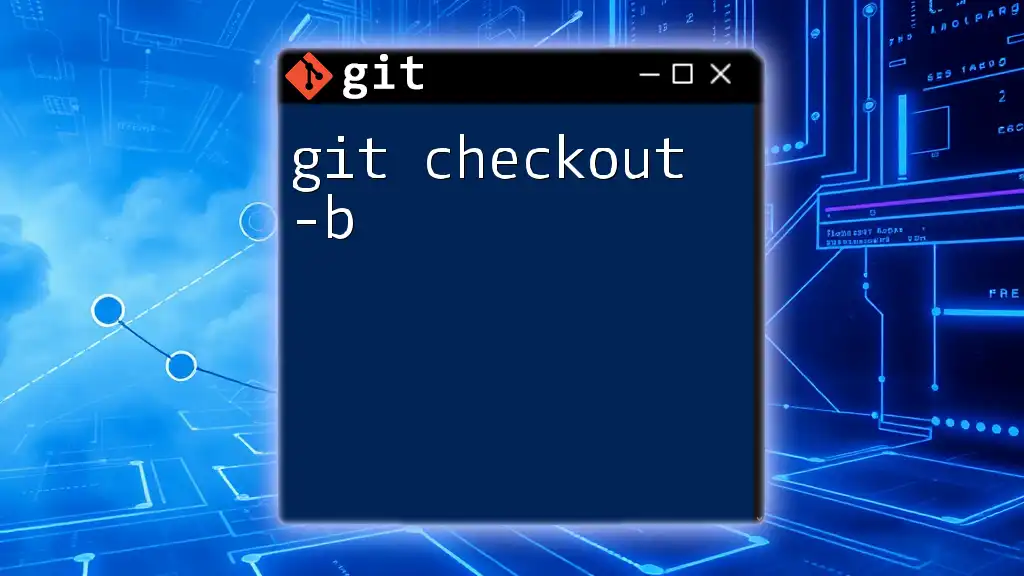
Using `git checkout -t`
Creating a New Local Branch
Command Syntax
To create a new local branch that tracks a remote branch, you can use the following syntax:
git checkout -t <remote>/<branch>
Step-by-Step Example
Imagine you are collaborating with a team and the remote repository, named `origin`, has a branch called `feature-xyz`. You can create a local tracking branch by running:
git checkout -t origin/feature-xyz
Upon executing this command, Git will create a new local branch named `feature-xyz` and set it up to track the remote branch `origin/feature-xyz`. As a result, you can easily pull in the latest changes or push your contributions to the remote branch without additional configuration.
Checking Status of Tracking Branches
Viewing Tracking Information
To view the status of branches and check which branches are tracking which remote branches, use the command:
git branch -vv
This command will output a list of local branches along with their tracking status, helping you keep track of your branch relationships.
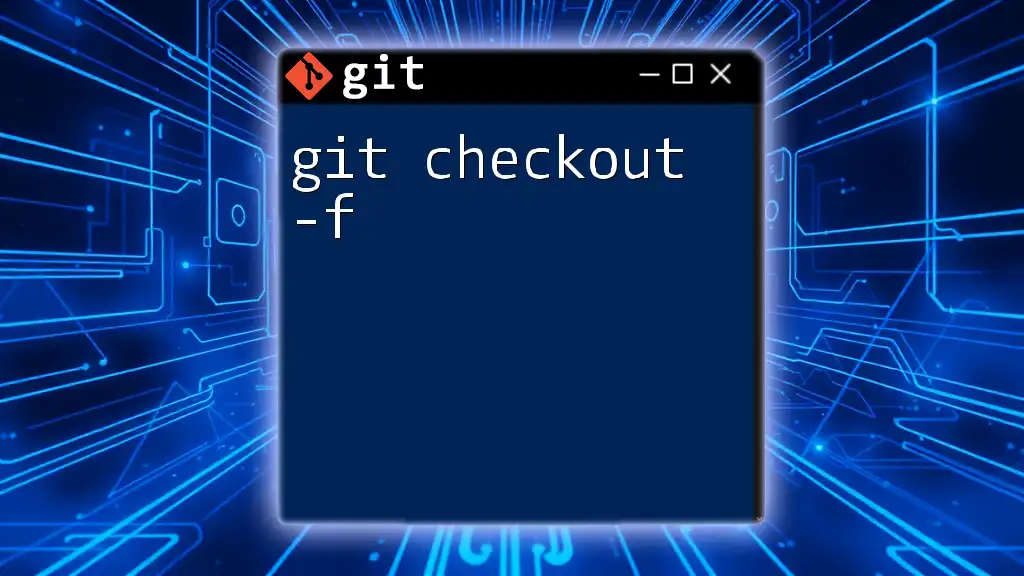
Benefits of Using `git checkout -t`
Simplifies Workflow
By utilizing `git checkout -t`, developers can save time and avoid manual configuration, reducing the complexity involved in managing branches. Instead of needing to set up tracking relationships using separate commands, the process is automated, allowing for a smoother workflow.
Keeps Developers Synced
Establishing a tracking branch means that developers remain updated with the latest changes from remote branches. This automatic syncing reduces the risk of working on outdated code, a common pitfall in collaborative environments.
Improved Collaboration
When working in teams, the `git checkout -t` command facilitates smoother contributions. As team members can easily create local copies of remote branches, it fosters collaboration, leading to a more integrated and efficient development atmosphere.

Common Pitfalls and Troubleshooting
Wrong Branch Tracked
In some cases, you may realize that you've tracked the wrong branch. If this happens, you can correct the situation using the following commands:
git branch --unset-upstream
git branch -u <remote>/<branch>
This allows you to unset the upstream branch and specify the correct one for tracking, ensuring you remain synchronized with the desired remote branch.
Errors when Checking Out Non-Existing Branches
When attempting to check out a branch that does not exist, you’ll encounter an error message like this:
error: pathspec 'feature-xyz' did not match any file(s) known to git.
To resolve this, ensure the branch name is spelled correctly and that it exists on the remote repository.
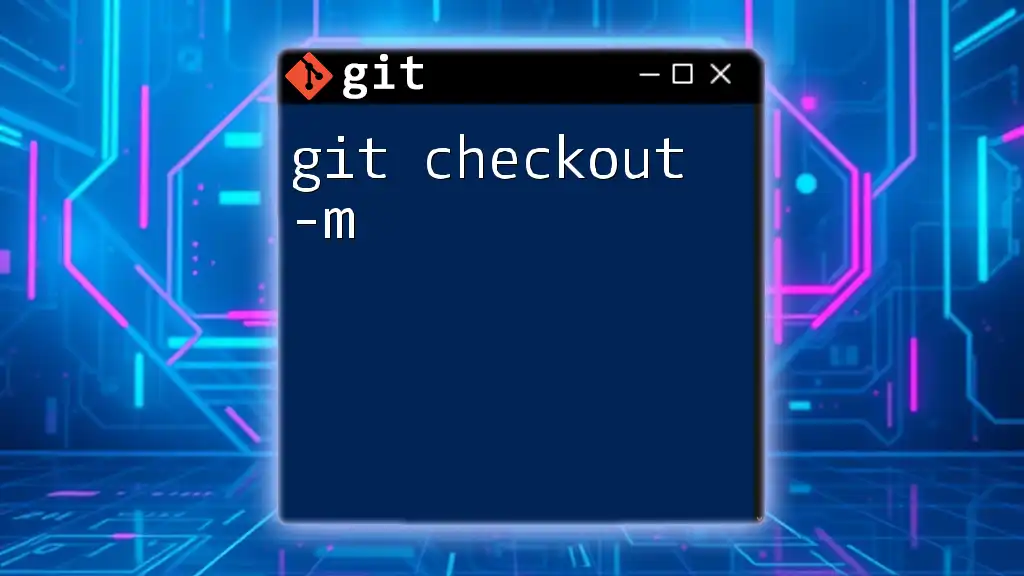
Alternative Commands
Using `git switch`
Introduction to `git switch`
In recent versions of Git, the `git switch` command was introduced to simplify branch switching. It is particularly helpful for new users, providing a clearer method to change branches without the complexities that can come with `git checkout`.
Comparison with `git checkout -t`
While `git checkout -t` is powerful for creating tracking branches, `git switch` can be an easier alternative for branch management. For example, the command to create a new tracking branch using `git switch` looks like this:
git switch -b <branch> --track <remote>/<branch>
This command accomplishes similar goals but may provide a more intuitive experience for those less familiar with Git.
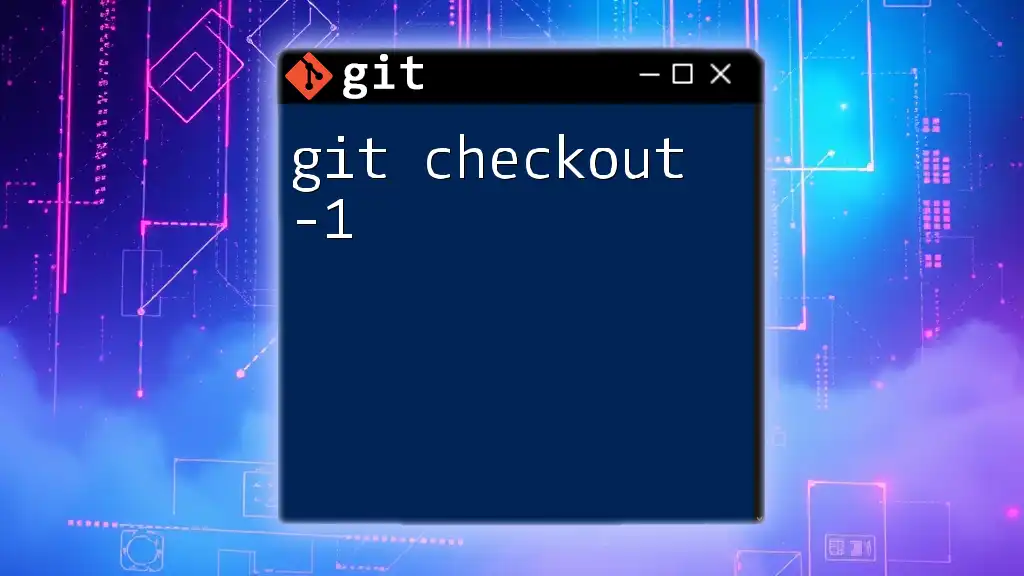
Conclusion
In summary, the command `git checkout -t` is a powerful tool for developers working with Git, facilitating the creation of local branches that automatically track remote counterparts. Mastering this command and understanding its implications greatly enhance collaboration and decrease the likelihood of working on stale code. Using `git checkout -t` simplifies workflows, keeping developers in sync and improving the collaborative nature of software development.
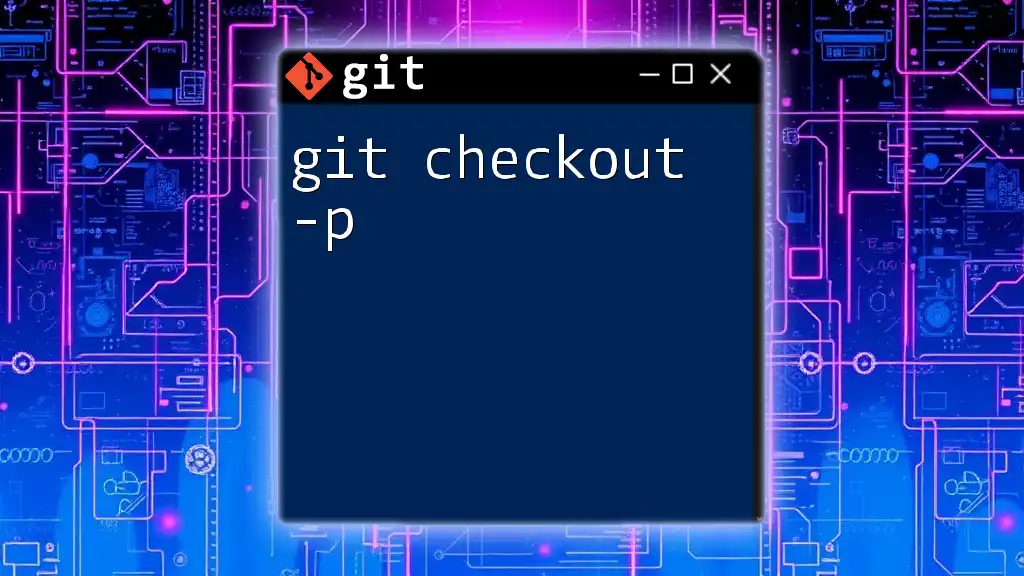
Additional Resources
For a deeper dive into `git checkout`, consider exploring the official Git documentation, which provides extensive information about its various functions and options. Additionally, numerous online tutorials and guides are available to further enhance your knowledge of mastering Git commands.
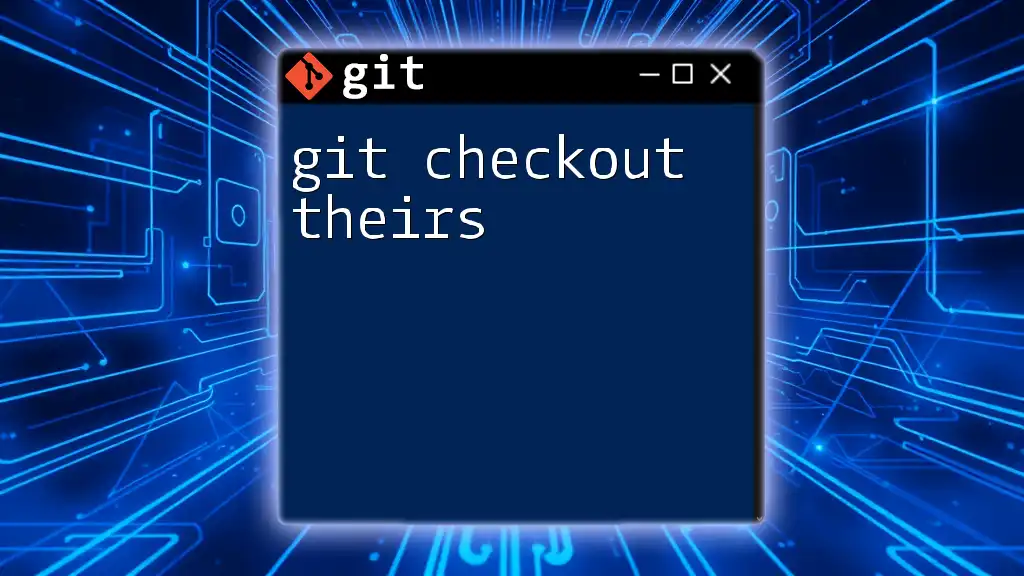
Call to Action
If you found this article helpful, consider subscribing for more tips and insights into Git commands and practices. Feel free to share it with peers who may also be looking to enhance their Git skills!







